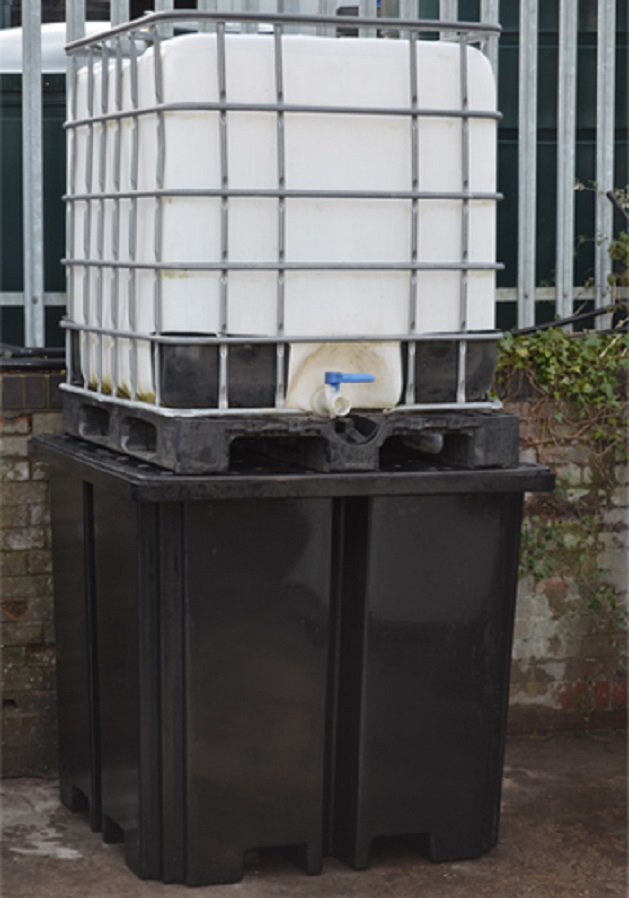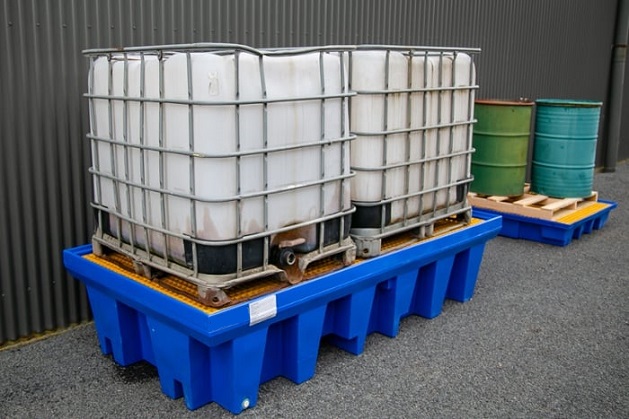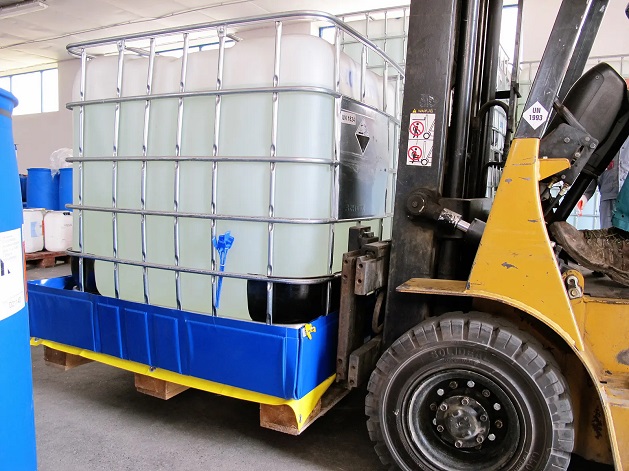In the industrial and commercial sectors, where both chandling and storage of hazardous chemicals are common, ensuring safety is crucial. Bunds, also known as containment systems, play a vital role in protecting both the environment and human health. These protective barriers are designed to prevent the accidental release of harmful substances, providing a vital line of defence in case of spills, leaks, or other emergencies.
In this guide, we will explore the essential elements of maximising safety when using chemical spill bunds. From selecting the right bund type to the proper installation and maintenance, our tips will equip you with the knowledge and expertise to navigate the complexities of chemical bund management.
Selecting the Right Chemical Bund

When it comes to chemical safety, choosing the right type of bund is a critical decision that can’t be taken lightly. These protective barriers are your first line of defence against potential disasters caused by spills or leaks of hazardous substances. Making the right choice not only ensures the safety of your workplace and the environment but also helps you stay in compliance with regulations. Here’s why selecting the right type of bund is crucial and how to go about it:
Compatibility Matters
One size doesn’t fit all when it comes to buying bunds. The type of chemicals you store or handle should dictate your choice. Different chemicals can react differently with the materials used in bund construction, so it’s essential to select a bund that is chemically compatible with the substances it will contain.
Quality is Crucial

Don’t skimp on quality. Invest in high-quality and reliable chemical bunds from reputable manufacturers. Quality bunds are more likely to withstand wear and tear, ensuring they remain effective over time. Look for products that have a proven track record and have been tested to meet industry standards. While high-quality bunds may come with a higher upfront cost, the benefits they offer in terms of safety, reliability, and long-term savings far outweigh the initial expense.
Capacity and Size

Consider the quantity of chemicals you’re dealing with. Ensure the bund has enough capacity to contain the maximum possible volume in case of a spill or leak. Size matters and an undersized bund can lead to catastrophic failures.
Environmental Conditions
Your location and the environment around it matter. If your facility is in an area prone to heavy rainfall or flooding, you’ll need bunds that can handle these conditions without failing. Drainage and containment features are vital in such situations.
Regulatory Compliance
Check local and national regulations regarding chemical storage. Ensure your chosen bund meets or exceeds the required standards. Failure to comply can result in big fines and legal trouble.
Proper Installation and Placement
Proper installation and placement of chemical bunds are fundamental aspects of ensuring their effectiveness in protecting your workplace and the environment. The way you position and set up the bund can directly impact its ability to contain spills and leaks, making it a crucial step in chemical safety.
You should consider several factors when installing and placing these protective barriers. First, evaluate the proximity to the chemical storage or handling area, ensuring that the bund is strategically located to provide immediate containment in case of a spill. Adequate drainage should be provided to prevent the accumulation of rainwater or spilled chemicals within the bund, which could compromise its capacity.
Your choice of construction materials also matters. Ensure that the bund is made of durable and chemically resistant materials to withstand exposure to the specific chemicals it will encounter. Also, anchoring the bund securely is essential to prevent displacement during an accident.
Maintenance and Inspection
Maintenance and inspection are essential aspects of ensuring the reliability and effectiveness of your bunds in preventing chemical spills and environmental contamination. You should establish a regular inspection schedule to monitor the condition of your bunds. The inspections should focus on identifying signs of wear and tear, such as cracks, corrosion, or damaged seals, which can compromise the bund’s integrity.
Regular cleaning of the bund area is vital to remove any debris or chemical residues that may reduce its capacity or contaminate the environment. You should also ensure that any drainage systems associated with the bund are clear and functioning correctly. Documentation and record-keeping play a crucial role in maintenance. Keeping detailed records of inspections, repairs, and maintenance activities helps track the history of your bunds and ensures accountability.
Training and Education
Training and education are paramount when working with bunds to ensure their effective use and the safety of personnel. You must equip employees with the knowledge and skills needed to understand the importance of this kind of spill containment equipment and how to use it correctly.
Proper training covers various aspects, such as identifying potential hazards, emergency response protocols, and the correct procedures for handling chemicals within the bund area. Additionally, you should provide ongoing education to keep everyone updated on best practices and any regulatory changes.
What are the Advantages of Bunding for Chemicals?
First, it serves as a protective barrier, preventing chemical spills and leaks from escaping into the environment. This containment reduces the risk of soil and water contamination, protecting ecosystems and preventing harm to wildlife.
Second, bunding enhances workplace safety. It creates a controlled environment that helps contain hazardous materials, reducing the risk of accidents and exposure to harmful substances for workers. This ensures a safer working environment, protecting employees’ health and well-being.
Moreover, bunding for chemicals helps with regulatory compliance. Many countries require industries to have containment measures in place when handling hazardous chemicals. By using bunds, companies can meet these legal obligations, avoiding fines and penalties.
Additionally, bunds are cost-effective in the long run. They help prevent costly clean-up operations and potential legal liabilities associated with chemical spills.
Final Thoughts
In conclusion, chemical bunding is vital for protecting both the workplace and the environment from the potential harm posed by hazardous substances. From selecting the right bund type to proper installation, regular maintenance, and ongoing training, a comprehensive approach to bund management is essential.
By prioritising safety, compliance, and environmental responsibility, you not only protect your immediate surroundings but also contribute to a safer and cleaner world for generations to come. Remember, the diligent use of spill bunds is not just a choice; it’s a commitment to a safer, more responsible, and sustainable future.


